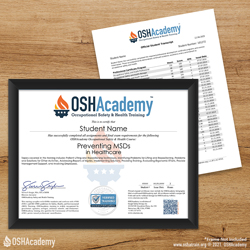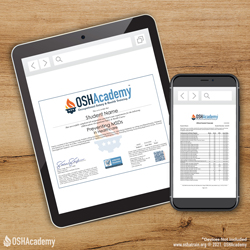Introduction
Musculoskeletal disorders (MSDs) are injuries or disorders that affect the muscles, nerves, tendons, ligaments, joints, cartilage, or spinal discs. These conditions can develop over time or result from sudden exertion, and are often caused by repetitive movements, forceful exertions, awkward postures, or heavy lifting. In healthcare settings, activities like transferring, lifting, or repositioning patients significantly increase the risk of MSDs, particularly in the back, shoulders, and arms.
This course provides recommendations for employers to help them reduce the number and severity of work-related musculoskeletal disorders in their facilities. It focuses on evidence-based strategies and best practices—such as safe patient handling programs, use of mechanical lifting equipment, and staff training—that have been found effective in the healthcare environment. By implementing these methods, healthcare facilities can create a safer workplace for staff and improve patient outcomes.
Course Objectives
| ID | Objective |
|---|---|
| TO 1.0 | Achieve a minimum score of 70% on the final course assessment. |
| LO 1.1.1 | Describe ways management can demonstrate support in controlling exposures to hazardous tasks. |
| LO 1.2.1 | Identify effective patient lifting and repositioning techniques. |
| LO 1.3.1 | Discuss other tasks and solutions used to minimize MSDs and other ergonomic injuries and disorders. |
Key: Terminal Objective (TO), Learning Objective (LO)



